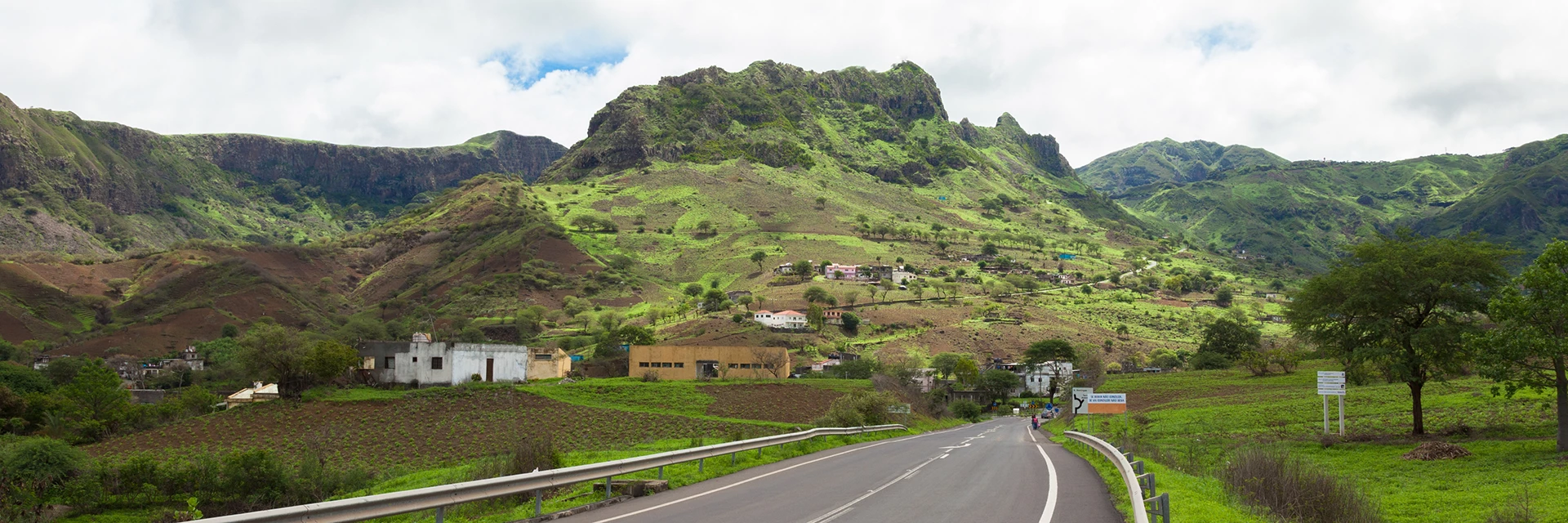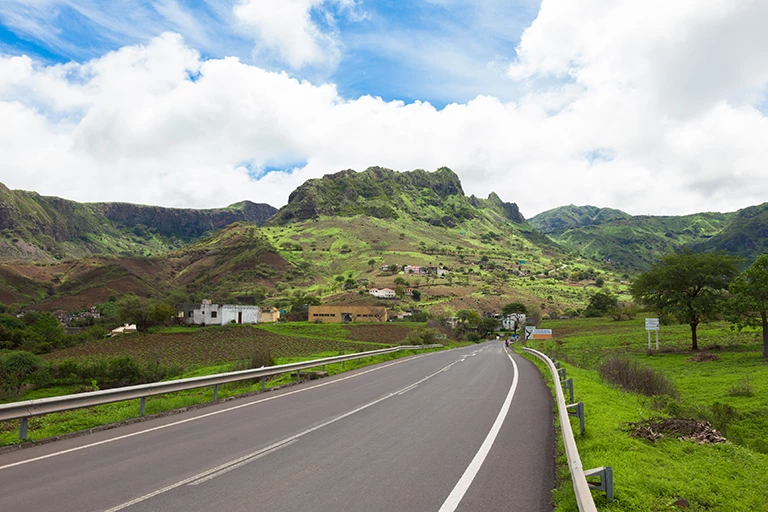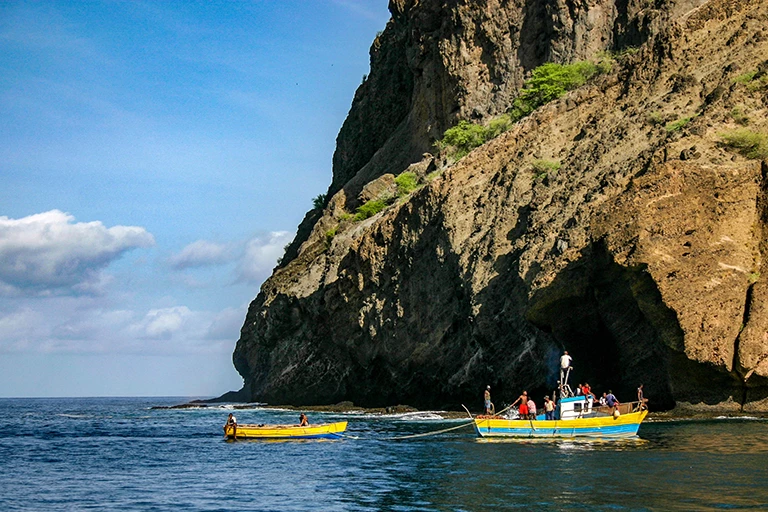Population
Origin of the population, structure of the family, position of women and numbers
Cape Verde has about 450,000 inhabitants today. 236,000 of these live on the main island of Santiago. The fact that the people of Cape Verde have become such a mixture of many different ethnic groups can be explained by the history of the country. The colonial government had repeatedly attempted to prevent the formation of a mixed population in the past. Yet, there were always influential major land owners, public officials and even high-ranking Catholic priests who co-habited with female slaves and evidently resisted these efforts. They ensured the creation of a Creole culture. The Jesuits also displayed a strong commitment to the idea of equality over the years by operating schools that were equally accessible for free people and slaves, whites and dark-skinned people. They also allowed slaves to participate in the masses.
The genetic mixture resulting from centuries of migration can still be clearly seen in the appearance of some individuals: It is not unusual to encounter dark-skinned people with blond hair and blue eyes or children with fair skin and jet black hair. Racist discrimination is unknown to the people of Cape Verde.
Family as a microcosm

A special characteristic of Cape Verde is the model of the common-law relationships for the various stages of life, which has been practiced for a number of centuries. Women and men have always had children from multiple relationships. Some special forms of men and women living together have developed on the islands: The most frequent form is living together under one roof without a marriage certificate in the união de facto, which is equated to marriage by law after three years. Many women have a relationship with the pai de visita, which means: visiting father. In this type of relationship, women who are sometimes still very young or mothers still live with their parents or alone and their partner visits them regularly and even spends the night. This visiting relationship is highly accepted. A special form of the visiting relationship is the tio relationship in which the man is usually many years older than his partner. Even if some people think that this is quite close to prostitution, it is still a very common and even socially respected lifestyle. A man may even live in a união de facto and also be a pai de visita somewhere else. However, there are no classic polygamous forms of relationships under one roof. People also tend to marry late in Cape Verde and spend a relatively long time with their parents, which is certainly also due to difficult economic conditions.
Social position of women

Both men and women, no matter whether they come from poor or rich families, are accustomed to having regular employment. The equality of men and women is also embedded in the constitution.
Here are some additional figures:
- 44% of the Cape Verde inhabitants are less than 15 years old. The average age was 17.7 years in 2000. This is because a large number of children and older people died during the last famine and the generation of the 1940s decided to emigrate.
- A household in Cape Verde has an average of 4 children; rich families have two and poorer families generally have more children. It is not unusual for children to change their place of residence within the extended families. On the one hand, this shows that economic difficulties occur time and again; on the other hand, it is evidence of a strong social structure within the families.
- 54% of the adults are single, 24% live in a união de facto, 16% are married and 3% are divorced.
- The life expectancy is currently at 65.8 years for men and 71.6 years for women.
- 54% of Cape Verdeans now live in cities.






























































































































































































